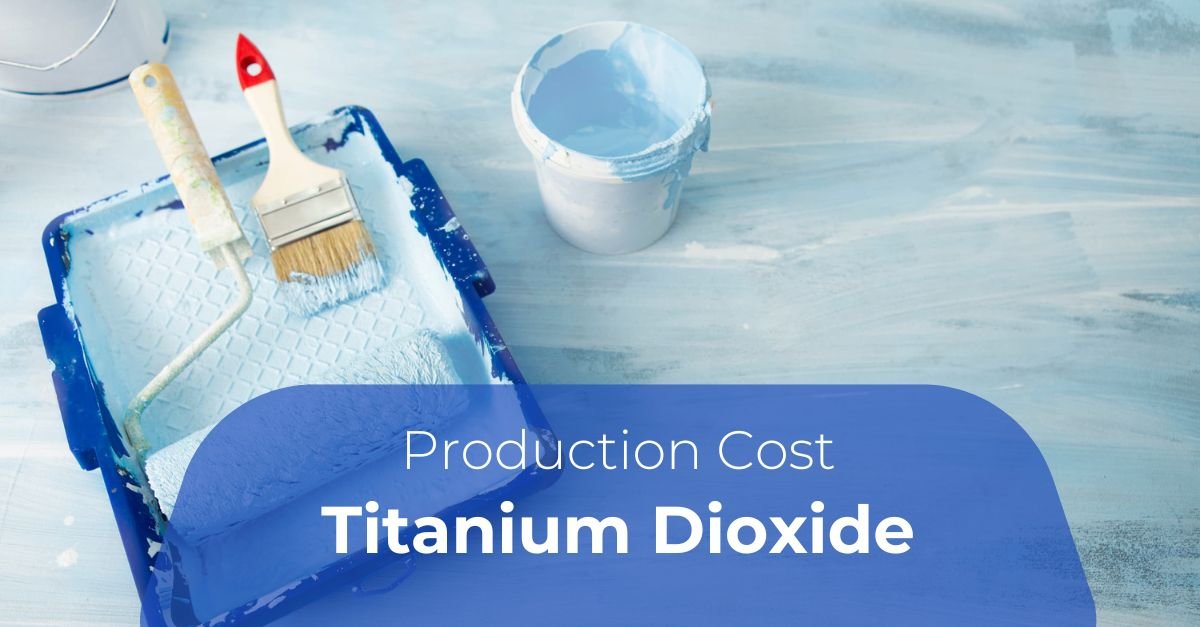Titanium dioxide (TiO₂) is primarily produced via two industrial processes: the sulfate process and the chloride process. These methods differ significantly in their raw material cost structures. The following is a comparative analysis of raw material cost distribution between the two processes:
1. Raw Material Cost Breakdown – Sulfate Process
The sulfate process is a traditional method that primarily uses ilmenite (FeTiO₃) and sulfuric acid as raw materials. The cost structure is as follows:
[passster password=”fipumk” area=”2541″]
Some parts of this post are password-protected. You can obtain the password through either of the following methods:
- Join the LinkedIn group “TIO2 WORLD – Titanium Dioxide” for ACCESS CODE.
- Request it via email at info@etio2.com.
NOTE: Sometimes you may need to try the password twice to unlock.





